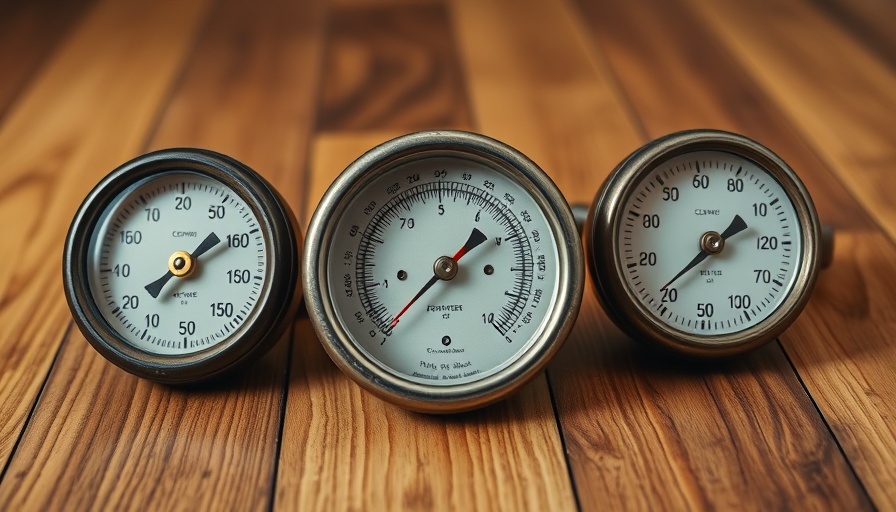
Understanding Attic Insulation: The Key to Energy Efficiency
Insulation in an attic plays a crucial role in maintaining a home’s energy efficiency and comfort. For many homeowners, understanding the various types of insulation and their optimal installation can significantly affect heating and cooling costs.
Why Insulation Matters in Your Attic
Attics are typically the hottest part of the house during summer and can be cold during winter, making them prime candidates for insulation. Effective insulation minimizes heat transfer, keeping your living space comfortable year-round. This is particularly important because over 20% of a home’s heat loss can occur through the roof and ceiling if inadequately insulated, leading to spikes in energy bills.
Types of Attic Insulation: What You Should Know
There are various types of insulation suitable for attics, including fiberglass batts, spray foam, and cellulose. Each type has its pros and cons, making it essential for homeowners to assess their needs carefully:
- Fiberglass Batt Insulation: This popular choice is cost-effective and easy to install but requires a precise fit to work effectively.
- Spray Foam Insulation: Often regarded as one of the most effective insulators, spray foam can fill small gaps and enhancing temperature control, but it comes at a higher price point.
- Cellulose Insulation: Made from recycled paper, cellulose is an eco-friendly option that offers good thermal performance and has excellent air-sealing qualities.
Conducting a Proper Insulation Assessment
To determine the appropriate type and amount of insulation needed, homeowners should conduct an insulation assessment. This includes checking the current insulation levels, identifying gaps, and assessing the overall air sealing of the attic. Engaging a professional contractor for a comprehensive energy audit can provide additional insights and recommendations tailored to your home’s specific needs.
The Future of Insulation Technology
With rising energy costs and increasing awareness of environmental impacts, innovative insulation technologies are being developed. For example, advancements in aerogel technology promise to provide superior thermal resistance while minimizing material use. As a result, these products may lead to greater energy savings and improved sustainability.
Common Myths and Misconceptions
One common myth is that adding more insulation is always better. However, excessive insulation can lead to moisture accumulation, which can damage structural beams and lead to mold growth. It's crucial to strike a balance based on specific climate conditions and home design.
In conclusion, understanding attic insulation is vital for homeowners wanting to improve their home’s energy efficiency. By assessing options carefully and staying informed about innovations in insulation, residents can make educated decisions, saving money and enhancing their living environment.
 Add Row
Add Row  Add
Add 




 Add Row
Add Row  Add
Add 

Write A Comment